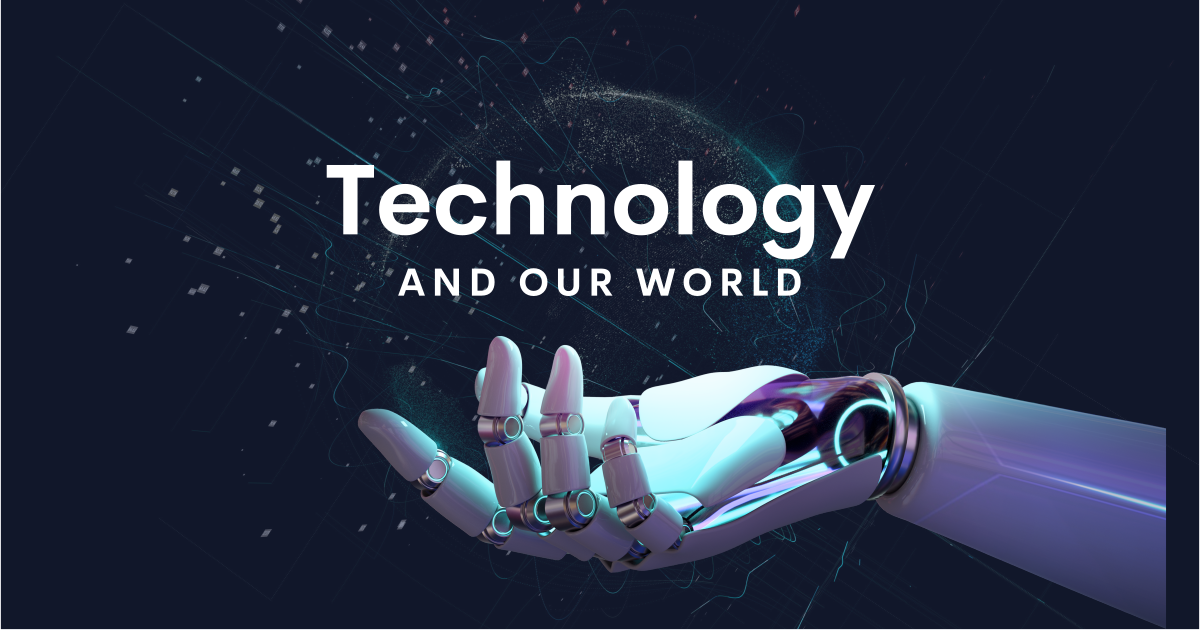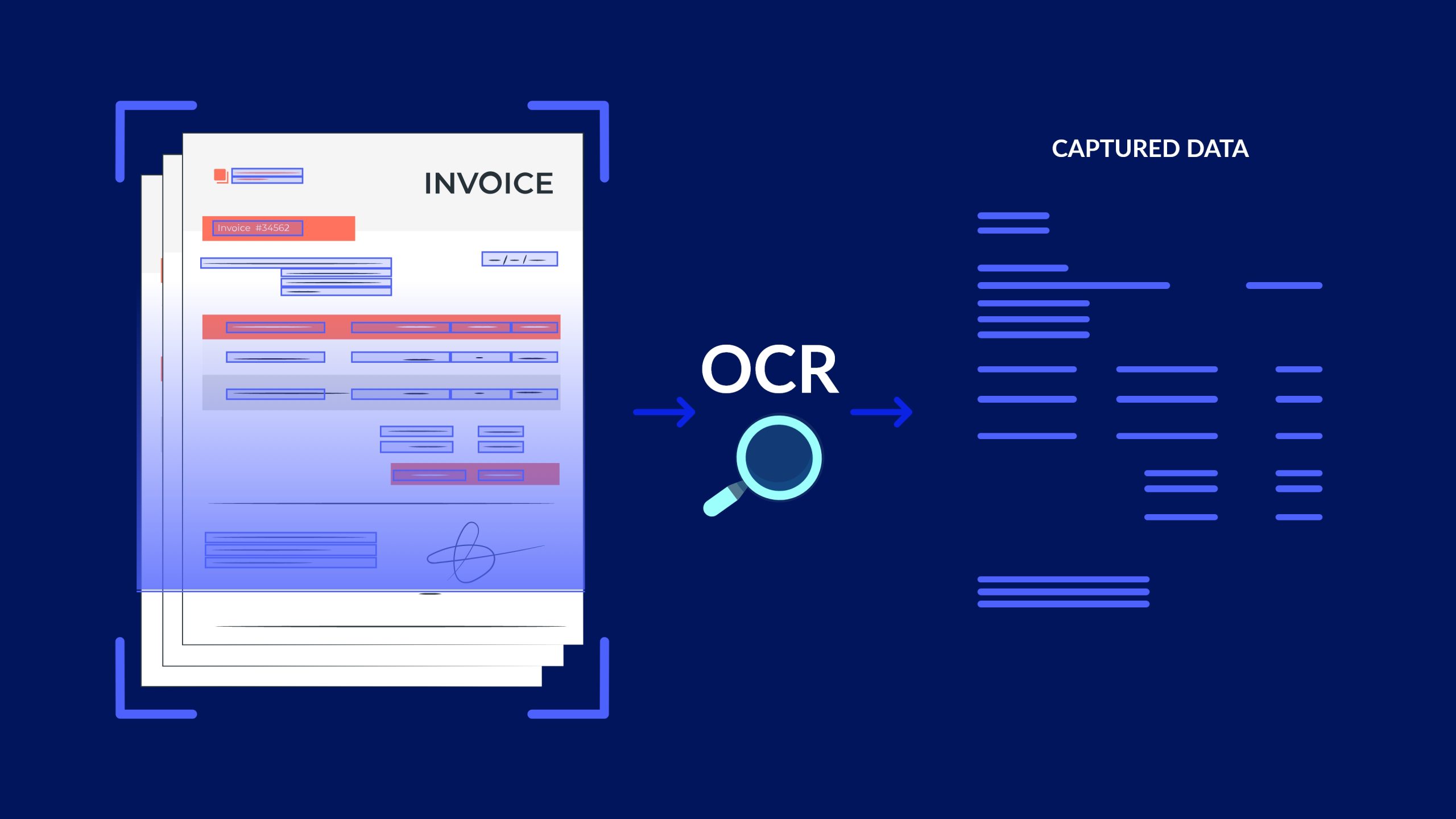
Maximizing productivity with AI: enhanced team collaboration
Discover the potential of AI – your future with innovative collaboration 🚀 In our team, we continually seek innovative methods to enhance our productivity and creativity. Today, we are eager to share our thoughts on the role artificial intelligence (AI) can play in projects. 💭 Wondering about the benefits? 1️⃣ Productivity growth – implementing AI can increase work efficiency by 30-80% in tasks related to writing and programming. 2️⃣ Personalization – AI adjusts to individual needs and skills. It offers unique solutions for each user. 3️⃣ Task automation – AI can take over the execution of routine tasks. This allows you to save time for more complex projects. 4️⃣ Centaur collaboration – combining human creativity with the computational power of AI opens new horizons in project implementation. How to collaborate effectively with AI? 🤝 ➕ Know its strengths and weaknesses – just like when introducing a new team member, it’s important to know the strengths and weaknesses of AI to maximize its potential. 🤖 Set the rules of the game – determine which tasks will be performed by AI and which will remain in human hands. 🥼 Be open to experiments – it’s worth testing AI in various areas. Basic AI tools you can use: Microsoft Bing in Creative Mode – easily accessible and versatile, ideal for a wide range of applications. GPT-4 from ChatGPT Plus – advanced, offers calm and balanced responses. Anthropic’s Claude – characterized by longer memory and pleasant interaction. Midjourney – specializes in creating images, perfect for visual projects. Integrating AI into your team is a way to introduce an untiring workforce that is ready to support your actions. Its use depends solely on your creativity and needs. 🔗 Contact us, and we will gladly show you how AI can revolutionize the way you work




